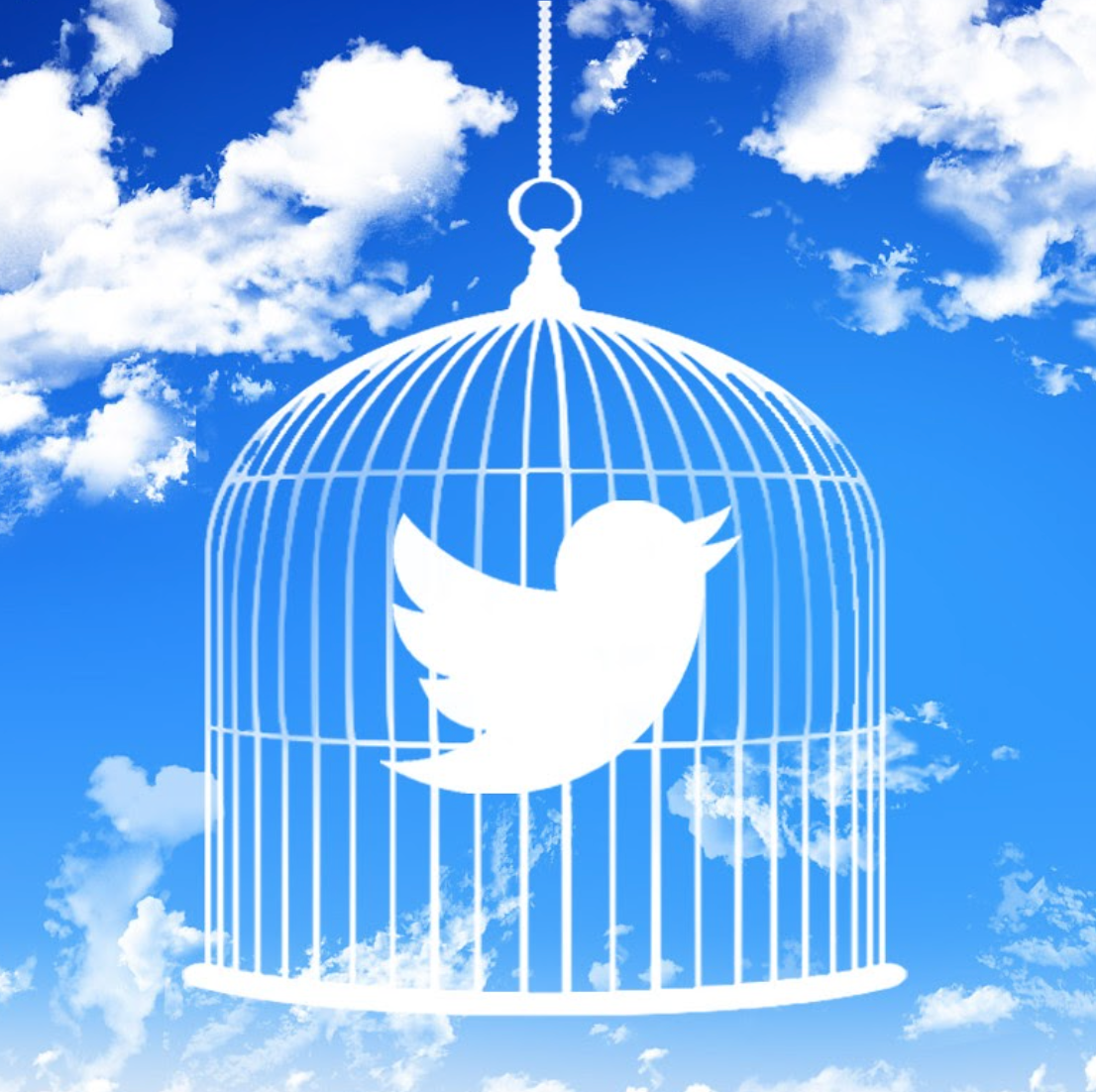While the first amendment specifically protects you from the government, it is the private sector where punishments are doled out. The now infamous anti-communist McCarthyism of the 1950’s was only superficially a government movement. The most glaring example of the success of the Red Scare was the Hollywood blacklist, which barred suspected communists or sympathizers from working in the industry. But it was entirely a choice of studios and executives to bar these actors. Communist and left leaning voices, while not censored by rule of law or government intervention, had been suppressed and forced from the public eye.
Media in the early Fifties was extremely limited compared to what we enjoy in the 21st century. Print is increasingly left behind as bloggers and social media dominate the digital sphere. Hollywood contends not just with television and streaming services but also independent vloggers, YouTube, and the ever-expanding ways social media lets users go “live”.
While “canceling” the communists in the fifties was as simple as not offering them work, it is not that easy now with social media. The mainstream media can still block unsavory characters from appearing on television, in movies, or even streaming services. Disney just did so after Gina Carano continued to post COVID-19 misinformation and anti-semitic tweets. But those same companies cannot remove the followers Carano, or any former employee, accumulated before they are removed from the industry, leaving a direct line to continue to capitalize on their fame and communicate their own beliefs.
In some ways this is important: the internet has allowed for all of society to have an equal opportunity to be heard and social media is the vehicle used to achieve that viral status, removing socioeconomic barriers that had previously limited fame to the well-connected. However, it also removes the formal gatekeepers from the equation, the print media reporters and editors or the television executive and studio executives who would prevent the extreme viewpoints from reaching the public.
Their gatekeeping was not always honest or done in the public’s best interest; the Hollywood blacklist was a mixture of early Cold War fear and class protectionism more than it was to protect viewers, but it was a self-correcting practice. By the end of the fifties the blacklist was dead because public opinion had shifted away from exaggerated fears of communism and professionals began lobbying for their friends to be brought back.
Social media and tech giants do not act in the same way as those professional gatekeepers and do not respond to pressure in the same way Hollywood does. The jobs required to keep Facebook or Twitter running are not creative ones. They are not dependent on minds who can create entertainment appealing to the masses. They only require a faceless programmer from an ever-growing list of college graduates. Internal pressure can be sidestepped by relieving protesting workers of their jobs and letting a more compliant member step up.
Similarly, social media giants do not have to respond to public opinion changes because they are not producing content, only hosting it. YouTube, the largest library of videos on the internet, does not care if the majority of the world doesn’t have an interest in the conspiracy of Miami-based lizard people, there is still a segment of the population that will watch it and the ads that come before and after.
Importantly, the majority of these sites are perfectly benign (aside from the massive private data harvesting and selling). YouTube has that lizard person video, but it also has tons of gaming content, animal videos, and news clips. Facebook has Farmville, but it also has baking groups and a direct line to family. This dual reality of the platforms, that you’re never more than a few clicks away from extremism, is of little matter to the companies because they are just a host site, they are not liable.
Maybe that is why it is so striking and worrisome when tech companies move to ban people. They give so much leeway and their service is such a public space, that one often forgets that there are terms of service and decorum that must be followed. The punishment can feel like it doesn’t fit the crime, instead of not being published in a local paper or not acting in a movie, one is removed from an entire digital habitat.
The power that tech companies have to remove someone from their service is a genuine form of censorship. These companies do not worry about what the outcome might be because they are insulated from the normal ramifications that other industries face.
That is a scary reality, especially in a digital world where life is increasingly lived online, even before the pandemic. Donald Trump was a fixture of news stations and conversation for the past five years, but when he was removed from Twitter in January he seemed to have quickly vanished from thought.
While Trump’s tweets had long violated Twitter’s user agreement, they had refrained from banning him because he was the president. By removing him, they highlighted that no-one is safe from being banned, that the companies hosting the greatest era of free speech had the power to suppress it at a moment’s notice.
Currently that power has been limited to groups and people many would label outside the norm: terrorist cells, conspiracy theorist Alex Jones, the QAnon conspiracy theory, but the potential for bans of entire groups of people the companies feel are problematic or harmful is always there.

